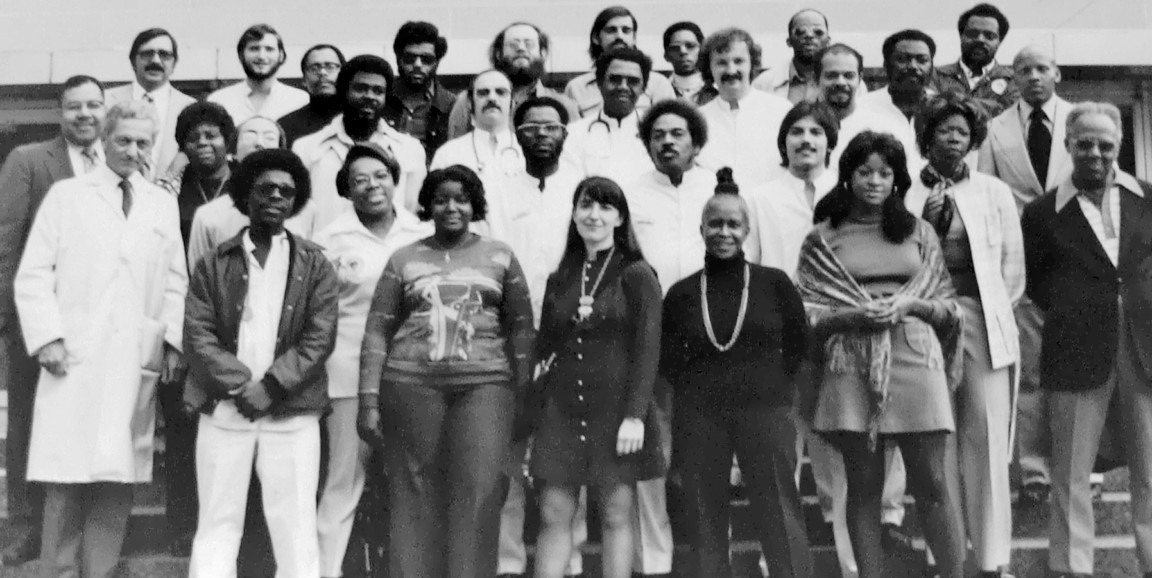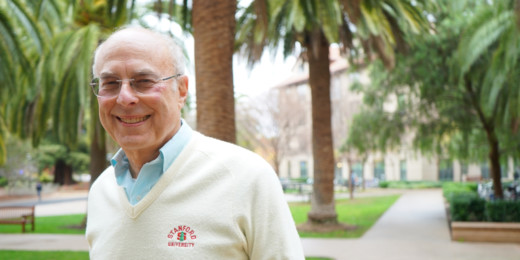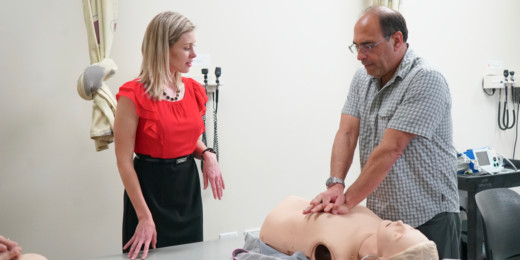It's the 1970s in Pittsburgh. An emergency medical technician stands in a hospital emergency room, presenting the patient he has brought in by ambulance. He gives a concise description of the patient's medical history, vital signs and physical exam to the doctors and nurses.
This scene unfolds countless times a day in hospitals around the country today. But at the time, in Pittsburgh, it was shocking for two reasons, writes Stanford resident physician Matthew Edwards, MD, in an article in The Journal of the History of Medicine and Allied Sciences.
For starters, the idea that a sick person would be brought to the ER by someone trained in medical care was still a novel concept. Critically ill patients often got to the hospital in a station wagon or hearse driven by a police officer with minimal first-aid training. There was no attendant by the patient's side, and no life support equipment.
But just as astounding to the doctors, Edwards writes, was the medic standing before them: a poor black man from one of Pittsburgh's inner-city neighborhoods, previously considered "unemployable," now trained to provide advanced cardiac life support.
This is how Edwards opens his paper tracing the rise and fall of Pittsburgh's Freedom House ambulance project, an all-black paramedic service that ran from 1967-1975 and helped establish the national training model for emergency medical service programs.
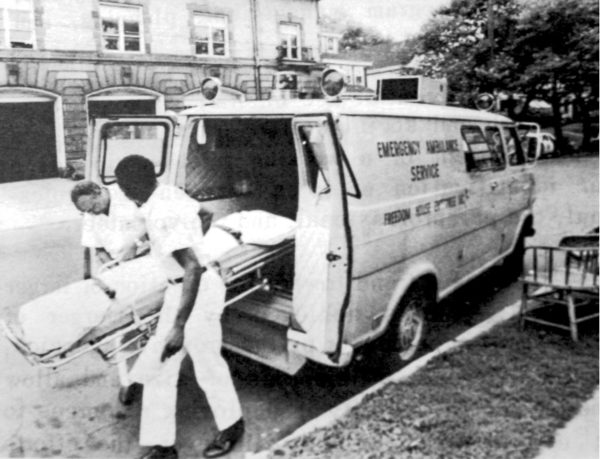
The experimental ambulance service began with the help of Peter Safar, MD, a critical care pioneer considered the father of cardiopulmonary resuscitation. While at the University of Pittsburgh, Safar became focused on improving lifesaving measures in the critical moments before patients could get to a hospital.
In 1967, Safar was approached by leaders in the predominantly black community around Presbyterian University Hospital who wanted to provide better transportation for their residents to receive medical care. Safar saw an opportunity to test out his vision for national standards in community-wide emergency care. His department would help them get ambulances to transport critically ill or injured patients with life support, if they would let him train EMTs and medics to staff them.
Safar's trainees, who would provide 24-hour emergency medical care and hospital transport in two districts, had previously held low paying or menial jobs and many lacked a high school diploma. In that way, the program met a dual need for jobs and better medical care in their communities. And while many cities contributed to the development of EMS, Freedom House became the gold standard for paramedic training, Edwards notes.
"There are so many people who can contribute to medicine and health care and society, who often are not given an opportunity," Edwards said. "That's a part of the story that really resonated with me."
Edwards is in his third year of residency in the Department of Psychiatry and Behavioral Sciences, with interests in medical history and bioethics.
He first read about Freedom House while he was a medical student researching another topic. After his second year of medical school, he won a grant to spend part of his summer researching the archives of Freedom House medical director Nancy Caroline at Harvard University's Radcliffe Institute for Advanced Study.
"I thought, 'This is a really cool program, why haven't I heard about it?'" Edwards said. "I had so many different questions and I couldn't find much online."
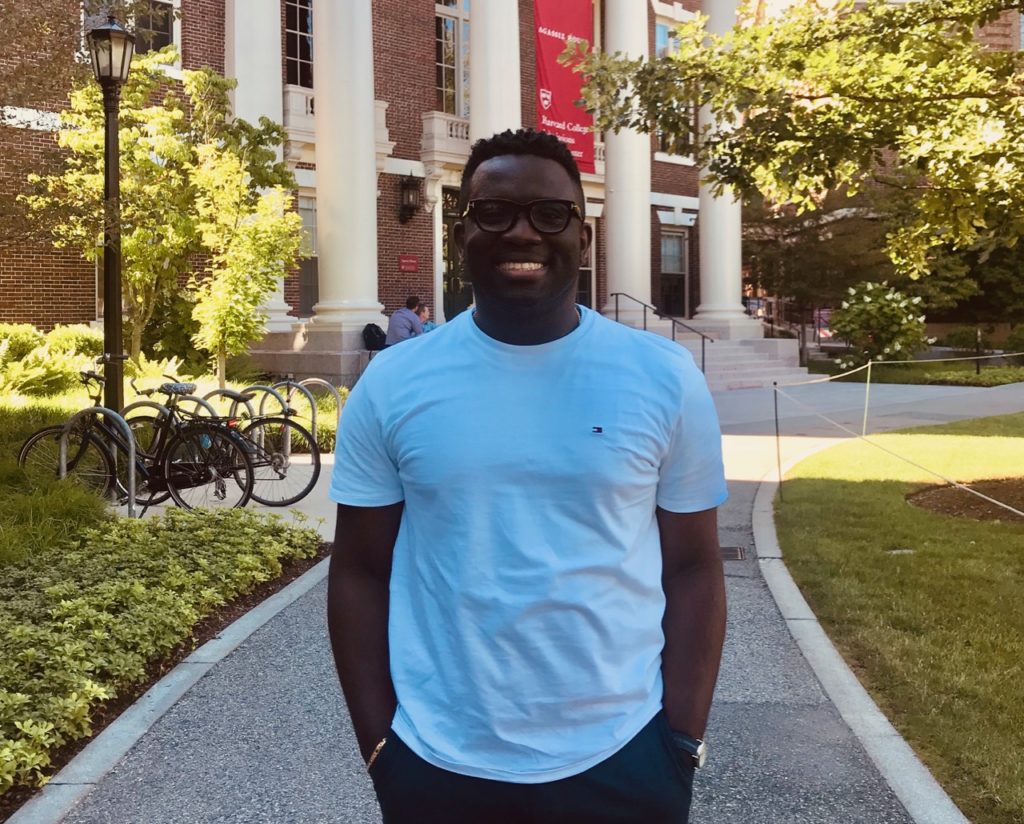
In addition to studying the archival material, Edwards steeped himself in the period he was writing about. He read plays by August Wilson that took place in the same Pittsburgh neighborhoods where Freedom House medics lived and worked, and walked around imagining what it was like to be an EMS worker at the time.
For Edwards, who identifies as African-American, examining and retelling the history had a powerful impact on his experience as a physician. In 1978, there were 542 black men in medical school; in 2014, that number was 515.
"When you walk around and you look different from everyone else, sometimes this can bring up thoughts like, 'Do I belong here?'" Edwards said. "Part of writing this story was to tell myself, 'Yes, you do.' There is another history of medicine where not only African-American citizens, but poor individuals, women and other ethnic and experiential minorities, play a really prominent role."
The Freedom House EMTs were so well trained that they were often requested to the scene by police officers, Edwards writes:
...Police observed the skills of the Freedom House paramedics in comparison to their own and began to recognize their limitations in caring for the critically ill. They also recognized the superior skill and adeptness of the Freedom House paramedics. Eventually police officers routinely requested Freedom House personnel during high acuity cases --even in districts to which Freedom House was not assigned.
Freedom House became the pilot course for the U.S. Department of Transportation and the White House intra-agency council on emergency medical services, thus setting the national training model for EMS programs in the U.S.
Despite its success, Freedom House abruptly shut down in 1975 after losing much of its funding. Edwards points to resistance from white suburban fire departments, whose leaders understood that an expansion of Safar's goals would eventually force them to retrain their crews.
As Freedom House was phased out, the city launched its own ambulance service that was predominantly white.
Still, Edwards ends his paper on a hopeful note.
"Safar and Caroline unfortunately fell short in sustaining Freedom House. Yet the history of their successes and failures -- which enabled previously unemployable persons to directly improve the lives of thousands of citizens -- equally deserves to be resuscitated," he writes. "And though forgotten by many, the legacy of Freedom House still rings loudly in the howling sirens stretching across the United States today."
Top photo of Freedom House Ambulance Service and University of Pittsburgh physicians courtesy University of Pittsburgh


